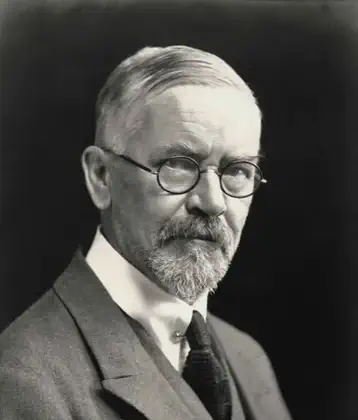On November 26, 1836 in Celtic History
John loudon MC adam scottish engineer who developed the macadam road died

John Loudon McAdam (23 September 1756 – 26 November 1836) was a Scottish civil engineer and road-builder.
McAdam was born in Ayr, Scotland. He was the youngest of ten children and second son of the Baron of Waterhead. He moved to Lagwine at Carsphairn when still a child to live with his grandparents. The family name was traditionally McGregor, but was changed to McAdam (claiming descent from the Biblical Adam) for political reasons in James VI’s reign
He moved to New York in 1770 and, as a merchant and prize agent during the American Revolution, made his fortune working at his uncle William McAdam’s counting house. He returned to Scotland in 1783 and purchased an estate at Sauchrie, Ayrshire
McAdam became a trustee of the Ayrshire Turnpike in 1783 and became increasingly involved with day-to-day road construction over the next 10 years. In 1802 he moved to Bristol, England and he became general surveyor for the Bristol Corporation in 1804. He put forward his ideas in evidence to Parliamentary enquiries in 1810, 1819 and 1823.
Macadamisation
He invented a new process, “macadamisation”, for building roads with a smooth hard surface, using controlled materials of mixed particle size and predetermined structure, that would be more durable and less muddy than soil-based tracks.
Macadamisation refers to the process of constructing roads using the macadam method, named after the Scottish engineer John Loudon McAdam who pioneered this road construction technique. The macadamisation process involves the following key steps:
Foundation: A solid foundation is prepared using large stones. This layer provides stability to the road.
Intermediate Layer: Smaller stones are laid on top of the foundation layer. These stones are carefully graded in size to form a well-graded, compacted layer.
Surface Layer: The topmost layer consists of even smaller stones, often crushed and screened to a specific size. This layer is carefully compacted to create a smooth and durable road surface.
Rolling and Compaction: Throughout the process, the layers are compacted using heavy rollers. This compaction helps to bind the stones together and create a solid road surface.
The macadam method aimed to create roads that were more durable and had a smoother surface compared to traditional dirt roads. It became a widely adopted technique for road construction in the 19th century and played a significant role in improving transportation infrastructure. Over time, modern road construction methods and materials have evolved, but the principles of providing a stable foundation and well-graded layers for durability are still integral to road construction practices today.
TarMac
Modern road construction still reflects McAdam’s influence. Of subsequent improvements, the most significant was the introduction of tar (originally coal tar) to bind the road surface’s stones together, “tarmac” (for Tar Macadam.)
Death
McAdam died in Moffat, Dumfriesshire, while returning to his home in Hoddesdon, Hertfordshire, from his annual summer visit to Scotland
More From This Day


Saor Uladh (Free Ulster) a splinter group of the IRA, attacks the police barracks in Rosslea, Co. Fermanagh
November 26, 1955





John Stearne, founder and first president of the College of Physicians, born
November 26, 1624